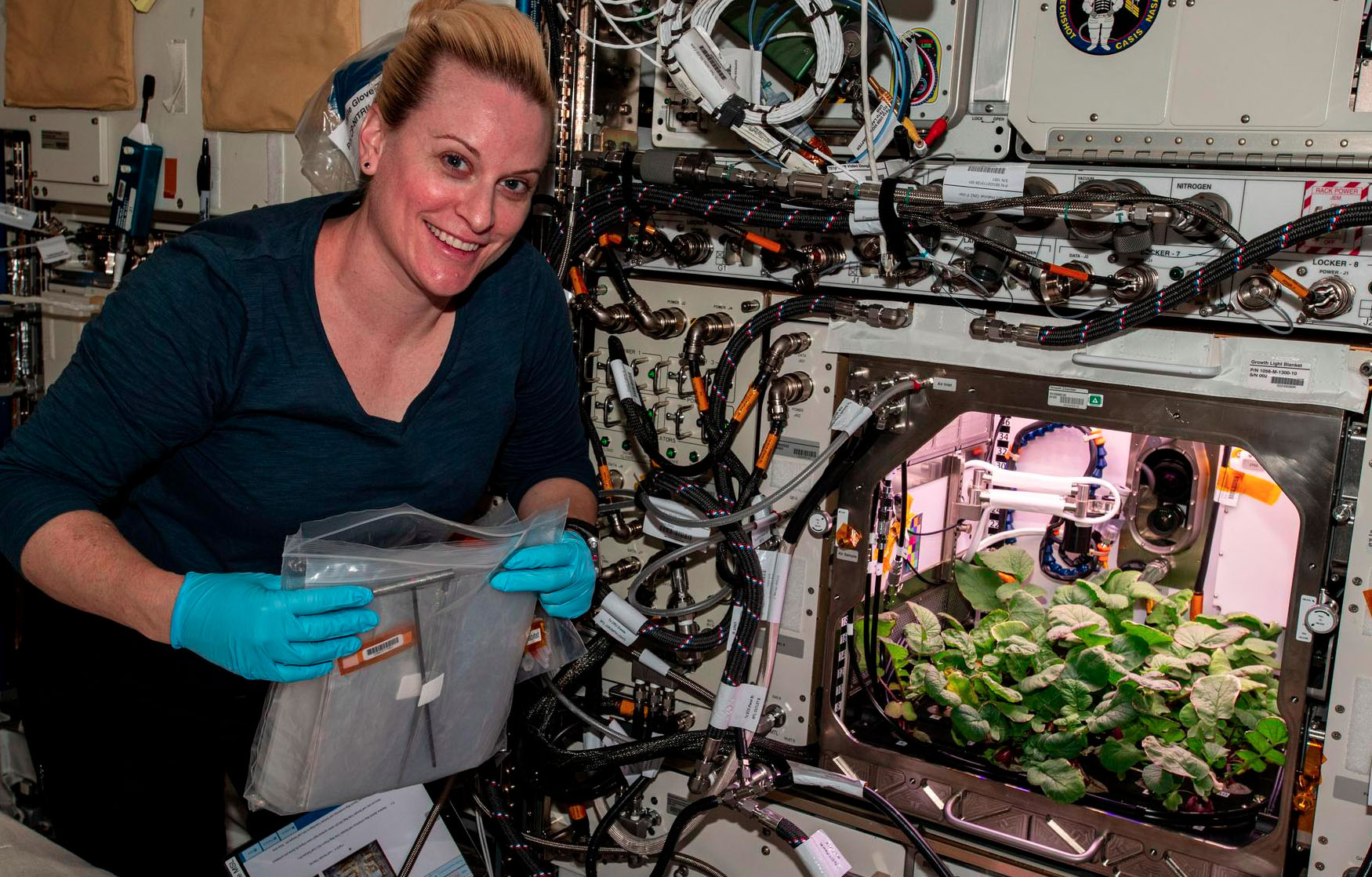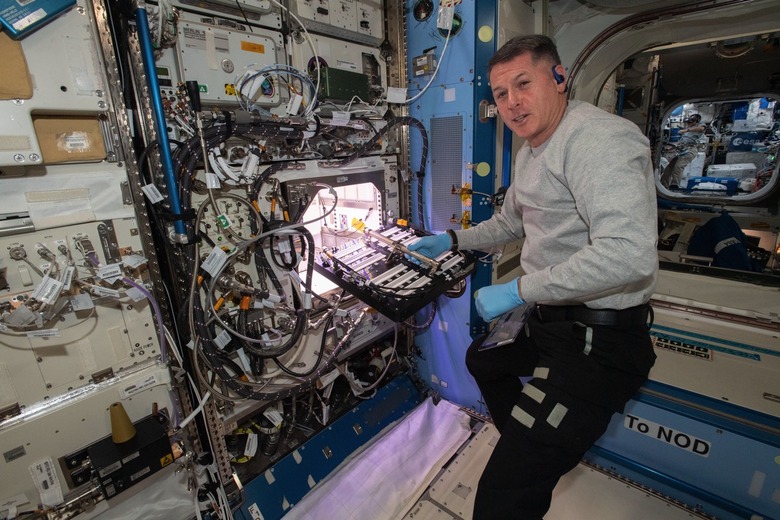New Study Raises Concerns Over Food Grown In Space
A new report published in Scientific Reports could change everything about our plans for space-grown food like lettuce and other leafy greens. While vital to provide the nutrients that astronauts need during their stay outside of Earth's atmosphere, these grown plants are apparently much more susceptible to bacteria like salmonella, the study says.
The research was fronted by scientists working with the University of Delaware, and it raises some concerns over possible plans to use space-grown food on deep space exploration missions, like NASA's future manned mission to Mars.
If the reports are true, and space-grown food like leafy greens are more likely to pick up bacteria, it could pose a dangerous threat to astronauts as more and more are sent to space in the coming decades.

While technically unable to test how plants grow in microgravity while on Earth, the researchers used special equipment to recreate the weightless environment found aboard the International Space Station, which also serves as a precursor to how humans would live in space.
When using this weightless system to trick the plants into thinking they aren't in gravity, the researchers found that lettuce was more likely to have open stomata, which are tiny pores in the leaves and stems that normally close when a plant senses a need to defend itself.
These stomata typically close when stressors like bacteria come close. However, the scientists found that when experiencing weightless environments like those found in space, the stomata did not close, leaving the plant susceptible to bacteria.
As the ISS and other space-bound environments are likely to have bacteria present with them, this poses quite a problem for space-grown food, especially if other plants showcase the same traits when in a weightless environment.
Perhaps researchers can find some way to get the stomata to work even when in a weightless environment. Until then, though, eating any kind of leafy green grown in space could pose a significant risk for astronauts.
